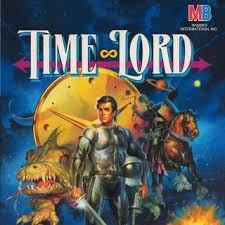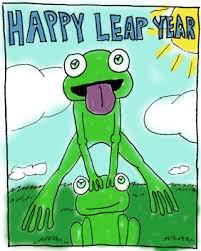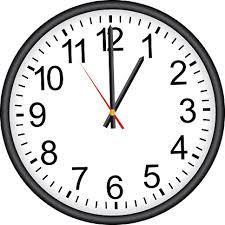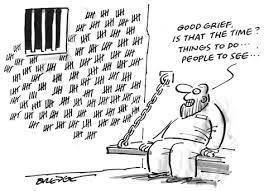 My previous partner used to call me “The Time Lord” (taken from Dr. Who). Because I was a stickler for punctuality. When I was an administrative law judge, and a hearing was scheduled for 10:00, it started at 10:00 – not 10:01. (Except once or twice when I overslept.)
My previous partner used to call me “The Time Lord” (taken from Dr. Who). Because I was a stickler for punctuality. When I was an administrative law judge, and a hearing was scheduled for 10:00, it started at 10:00 – not 10:01. (Except once or twice when I overslept.)
As you may know, a “day” is from one sunrise to another; the year has 365 days, the time it takes for the Earth to circle the Sun. Except that it actually takes 365-1/4 days.

Our “hour” is based on dividing by 24 the planet’s rotation time. The hour, minute, and second, are as long as they are simply so that 60x60x24 equals one day, with no need for any fudge factor, like with leap years. However, here too there’s a wee problem. The rotation is slowing! It actually now takes a teensy bit more than 24 hours. The discrepancy wasn’t noticed until we started measuring time with super-accurate atomic clocks.
The world actually does have Time Lords. You’ve heard of “Greenwich mean time?” That refers to all clocks being set by reference to a master clock in Greenwich, England.

A one-second adjustment might seem like no big deal. But whereas, in past epochs, people were content merely to tell time roughly by hours, lacking timepieces capable of greater accuracy, today’s world runs on global time synchronicity down to the millisecond. And it’s actually important that the exact time in New York matches the exact time in Tokyo.
For example (as Michael Lewis’s book Flash Boys, about high speed trading, illuminated), it’s crucial for financial transactions that the sequence of events – purchase orders and their execution – occur unambiguously. The extra leap second throws a monkey wrench into this. It might be no problem if, when the Greenwich Time Lords insert the leap second, all clocks and computers and time-incorporating mechanisms throughout the world automatically adjust. But of course they don’t.
There have been global gabfests trying to straighten this out. A lot of people don’t like it that some self-important British nerds get to decide what time it is, and to change it on whim. But not surprisingly the Brits are extremely reluctant to let go of this vestige of the epoch when they really did rule the world.

* Without such adjustment, the discrepancy would cumulate, and in around 20,000 years, noon and midnight would be switched.
